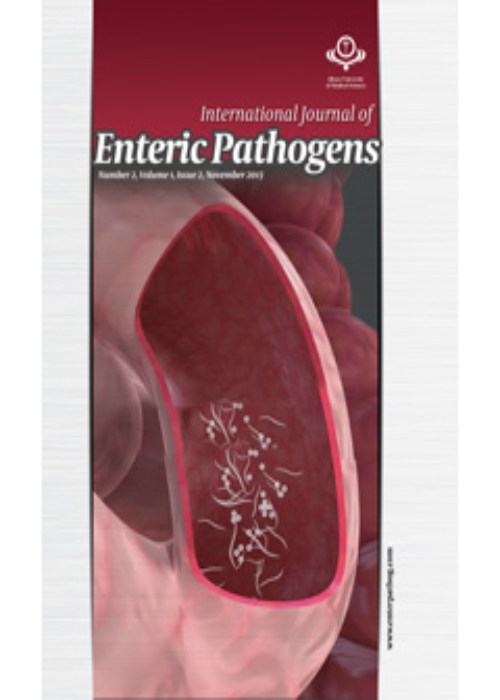Chemical Constituents of Donkey Dung (Anbarnasara): Questioning the Recent Claims Concerning Therapeutic Effects
Author(s):
Article Type:
Research/Original Article (دارای رتبه معتبر)
Abstract:
Background
Various animal excrements have been used as a medicine for the treatment of different diseases in the past. Today, people still use some of these excrements, especially female donkey dung (Anbarnasara,) by smelling the smoke of burnt dung for some ailments like sinusitis and bronchitis. Recently, some studies have focused on the therapeutic activities of Anbarnasara but no one has studied the active ingredients of it.
Objective
The aim of this study was to identify the chemical constituents and antibacterial activities of Anbarnasara and its smoke.
Materials and Methods
Female donkey dungs were collected from Shahreza in May 2017. The substance was burnt and the smoke was led to a beaker of methanol by a distillation apparatus. Then, the methanolic extract was dried via a rotary evaporator. Antibacterial activity of the smoke and also the total methanolic extract of Anbarnasara were tested on Staphylococcus aureus and Escherichia coli via well diffusion method. Chemical constituents were analyzed through gas chromatography-mass spectrometry (GC–MS) .
Results
The results showed that Anbarnasara and its smoke have a very weak antibacterial activity. Regarding chemical constituents, both total methanolic extract and smoke extract predominantly contained toluene, xylene, and dibutyl phthalate.
Conclusion
Previous studies showed xylene as one of the major components of the smoke of Anbarnasara. These articles also reported the presence of some plant-based compounds such as glyoxal, syringol, and limonene in the smoke. The presence of these compounds is probably due to the donkeys’ diet. In our study, the presence of dibutyl phthalate, an industrial plasticizer, among the components is probably due to environmental factors. These evidences suggested that Anbarnasara is under the influence of environmental factors like vegetation and pollutions and therefore, should be used as a medicine with caution. Recent claims regarding the antibacterial, cytotoxic, and wound healing activities of Anbarnasara should be considered independent of these environmental factors.Keywords:
Language:
English
Published:
International Journal of Enteric Pathogens, Volume:7 Issue: 1, Feb 2019
Pages:
19 to 22
magiran.com/p1947207
دانلود و مطالعه متن این مقاله با یکی از روشهای زیر امکان پذیر است:
اشتراک شخصی
با عضویت و پرداخت آنلاین حق اشتراک یکساله به مبلغ 1,390,000ريال میتوانید 70 عنوان مطلب دانلود کنید!
اشتراک سازمانی
به کتابخانه دانشگاه یا محل کار خود پیشنهاد کنید تا اشتراک سازمانی این پایگاه را برای دسترسی نامحدود همه کاربران به متن مطالب تهیه نمایند!
توجه!
- حق عضویت دریافتی صرف حمایت از نشریات عضو و نگهداری، تکمیل و توسعه مگیران میشود.
- پرداخت حق اشتراک و دانلود مقالات اجازه بازنشر آن در سایر رسانههای چاپی و دیجیتال را به کاربر نمیدهد.
In order to view content subscription is required
Personal subscription
Subscribe magiran.com for 70 € euros via PayPal and download 70 articles during a year.
Organization subscription
Please contact us to subscribe your university or library for unlimited access!


